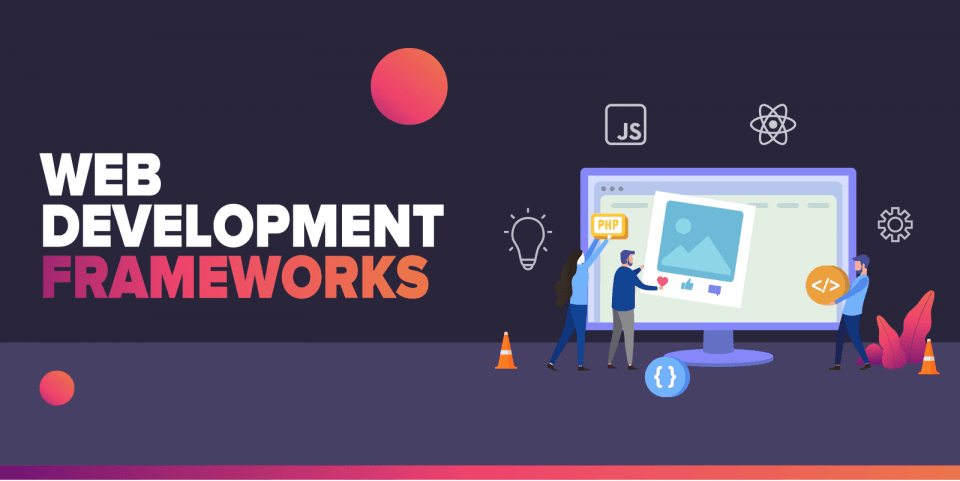A front-end framework is a collection of pre-written HTML, CSS, and JavaScript code that provides a basis for building web application interfaces. It streamlines the development process, making it easier to create consistent, responsive designs and implement common features such as navigation menus and forms.
React:
React is undoubtedly one of the most well-known front-end frameworks on the market, which was initially developed by Facebook back in 2011. React is a JavaScript component-based library that features JSX syntax. It was turned into an open-source library in 2013, the development process that made React a little different from the classic definition of front-end frameworks.
Vue.js:
Over 700,000 web applications have been designed with the help of this front-end framework, including popular brands such as Alibaba, Reuters, 9gag, Xiaomi, and Ride Receipts.
The framework was first created in 2014 by Evan You, Vue offers a high-speed performance with its virtual DOM, component-based architecture, and two-way binding.
Angular:
Angular is a modern, open-source front-end framework that works based on TypeScript. Angular has been used to develop most services offered by Google.
Angular is usually used for the development of mobile and web applications. It is easy to build single and multi-page web applications using Angular.
Svelte:
Svelte is a lightweight, open-source, component-based, TypeScript-written JavaScript front-end framework.
It has a rich set of features, such as built-in animations and transitions, scoped styles and a powerful template language.
It enables developers to finalize their web development projects with much less coding compared to other front-end frameworks.
JQuery:
JQuery is one of the oldest open-source JavaScript front-end frameworks on the market. JQuery has been designed to minimize the tedious JavaScript coding and provide you with simplicity in addition to powerful support from a huge community. The framework has been used to run numerous big projects, including Twitter, Microsoft, Uber, Kickstarter, Pandora, SurveyMonkey, and many others.
Ember:
Ember is an open-source JavaScript web framework. It is one of the fastest front-end frameworks when rendering the server side. It also provides two-way data binding, synchronizing the view and model in real time. It comes with a huge ecosystem with advanced templates to help developers shorten coding.
Backbone:
Backbone.is a lightweight, minimalist JavaScript framework that provides a basic structure for building web applications based on the Model-View-Controller (MVC) pattern.
Backbone framework offers a rich API of enumerable functions to assemble the client-side web applications, declarative event handling for views, and makes it easy to connect the framework with your current API via a JSON interface.
How many of these do you know?.
Written by Stephen Afape
Follow us @ instagram.com/rubiestech for more



